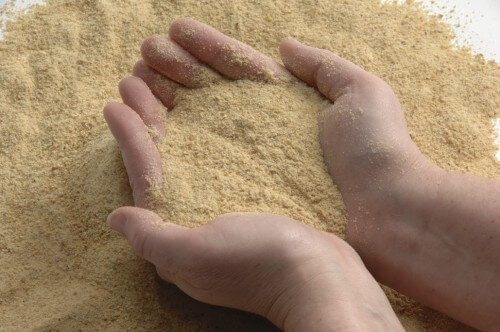Importance of Quality Dry Extrusion in Nutrition Aid Programs

Welfare relief programs are in place around the world to help those who desperately need food. Typically, these are people caught up in negative political situations and war zones who have been forced to flee their homes. In these situations, the food supply quickly becomes the chief concern. As food is a vehicle for nutrients, which are part of the foundation of human health and well-being, this nutrition aid allows human life to continue in these despairing situations.
Among others, the World Food Programme is very active on this front, and tends to set the standard with balanced nutrition aid products, such as corn-soy blends. There are processing guidelines that must be followed, and quality control procedures that are used to determine if the products were cooked properly – manufacturers’ products can be (and are) rejected if they fail these quality control tests.
I recently ran across some older data that shows how important it is to properly cook these products. The nutrients in food will not be used if they are not absorbed by the digestive tract. According to data in this study, with corn and bean – based products, this could be a major issue.

Zinc is an essential mineral nutrient, important for normal enzyme reactions in the body. It’s important for normal immune function so much so that as many as 800,000 children in the developing world die from zinc deficiency each year.
And yet, as indicated in the graph above, zinc absorption in humans is dramatically reduced, or even non-existent, when bean and corn – based ingredients are present. The consumption of oysters, which are rich in zinc, causes plasma zinc to spike (indicating absorption into circulation), while oysters with lightly cooked black beans dramatically reduces zinc absorption. With corn tortillas (only heated mildly), zinc absorption is essentially abolished. Even with elemental, pure zinc and corn tortillas, absorption is greatly curtailed (note: I drew in this data from another part of the paper for ease of comparison).
This all has to do with the naturally-present phytate phosphorus in most plant ingredients. Phytate binds zinc and other minerals, and prevents them from being absorbed. This has been well documented here.
So, back to quality products for nutrition aid – when dry extruding corn-soy blends, it’s extremely important to use the correct temperature, as this data with dry extruded soy indicates:

So, dry extruding at higher temperatures reduces phytate phosphorus, which should free up zinc (and potentially other minerals) for absorption – critically important for nutrition aid products, and again, one reason why quality control tests are done.
This raises the issues – should raw soy and corn be extruded individually (and done optimally for each ingredient) before use in corn-soy blends? We’ve long recommended this for soy, but perhaps this should be done with corn as well, given the data above.
Let’s make sure that food aid is actually nutrition aid by simply processing properly. Let Insta-Pro help you do this.



